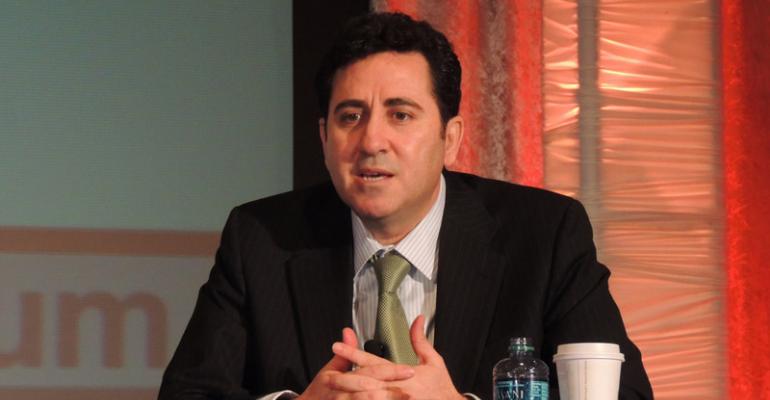DETROIT – Customer demands for energy-hogging perks such as heated seats and touchscreen navigation are keeping electrical engineers busy trying to reduce energy waste without sacrificing quality.
“Customers still do expect certain things out of their vehicles,” Nizar Trigui, Ford global chief engineer-vehicle energy management, says on a panel at the 2013 SAE World Congress here. “I think we just need to figure out how to manage this energy and make sure we continue to deliver the customer requirement.”
Auto makers have the added task of balancing fuel efficiency with reducing emissions, but both can be compromised as hundreds of controllers are added to a vehicle’s electronics systems.
Electrical engineers once challenged with simply ensuring the air conditioning didn’t draw too much battery power now also have to make certain the system’s wires synced into the center console don’t interfere with other controls there.
“Addressing (energy) losses at the source is the quickest way for load reduction,” says Larry Laws, lead carbon-dioxide-emissions specialist for General Motors.
Laws says different materials from various suppliers complicate the issue, with some better than others when it comes to reducing the draw on electrical energy.
Richard Smith, vice president-thermal engineer for Denso, says 70% of the energy a vehicle’s engine generates is wasted in cooling or exhaust. “It’s too large to be ignored.”
To counteract such losses, Smith suggests technologies that would re-circulate energy where needed. A prime example is active transmission heating, which collects thermal energy from the exhaust to heat coolant in the transmission.
At Chrysler, more electronic technology has been integrated to reduce energy waste, an idea that one of the auto maker’s top engineers admits sounds confusing.
Timothy White, director-powertrain application engineering, cites two examples: active grille shutters working as an airflow thermostat and dual-clutch transmissions that use electrohydraulic controls instead of pure-electric controls.
White says Chrysler’s electronic active ride height, which raises and lowers suspension on some trucks and SUVs, and stop/start technology also help reduce energy waste. “Energy withdrawals must be actively managed and optimized as well.”
Infotainment systems tend to be the biggest energy draw, engineers here say. Another persistent hurdle is keeping energy-maintenance costs low and not passing on that expense to the customer.
But advanced technologies have helped phase out older, energy-wasteful ones. For example, GM’s Laws says, light-emitting diodes reduce energy waste up to 74% compared with bulbs of the past.





